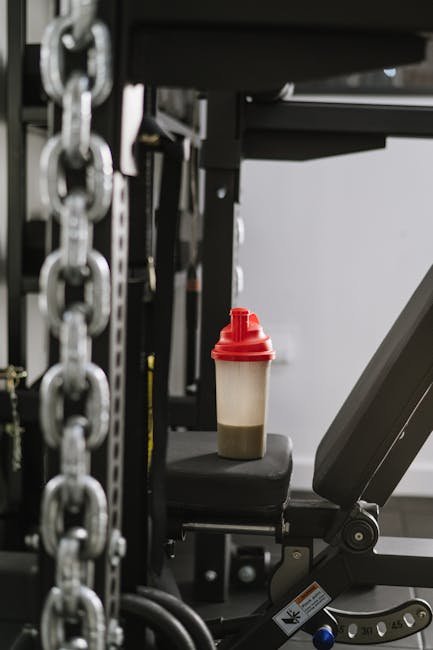## The Unseen Champion: How Plastics Revolutionized Sports Equipment
From the shoes on our feet to the helmets on our heads, sports equipment has undergone a dramatic transformation in recent decades. While we often credit athletes’ dedication and technological advancements for improved performance, there’s a silent hero behind the scenes: **plastics**.
## ## The Rise of Synthetic Materials in Sports
For centuries, natural materials like wood, leather, and metal dominated the sports landscape. However, these materials came with inherent limitations. Wood bats were prone to splintering, leather balls absorbed water and became heavy, and metal equipment was often cumbersome and unforgiving.
The emergence of plastics in the mid-20th century marked a turning point. These synthetic materials offered a unique combination of durability, flexibility, and lightweight properties, making them ideal for a wide range of sporting applications.
### ### Lighter, Stronger, Faster: The Benefits of Plastics in Action
One of the most significant advantages of plastics is their **lightweight nature**. This translates to faster swing speeds in baseball and tennis, increased agility on the basketball court, and reduced fatigue in endurance sports like cycling and running.
![Image of a tennis racket hitting a ball]
Take, for instance, the evolution of the tennis racket. Once made solely from wood, modern rackets utilize advanced plastic composites like graphite and carbon fiber. These materials provide exceptional strength and stiffness at a fraction of the weight, allowing players to generate more power and control with each swing.
Beyond weight reduction, plastics offer **unparalleled design flexibility**. They can be molded into intricate shapes and forms, enabling manufacturers to create equipment that is not only functional but also ergonomically optimized for comfort and performance.
![Image of a cyclist wearing a helmet]
Cycling helmets are a prime example of this. The outer shell, typically made from polycarbonate, is designed to distribute impact forces, while the inner liner, often composed of expanded polystyrene (EPS) foam, absorbs shock and cushions the head. This combination of materials provides superior protection in the event of a crash.
### ### Durability and Weather Resistance: Extending the Lifespan of Equipment
Another key advantage of plastics is their **resistance to wear and tear**. Unlike natural materials that degrade over time, plastics are highly durable and can withstand repeated use, exposure to the elements, and even harsh impacts.
This durability translates to a **longer lifespan for sports equipment**, reducing the need for frequent replacements and ultimately saving athletes and organizations money.
Furthermore, plastics are **impervious to moisture, rot, and UV radiation**, making them ideal for outdoor sports. Whether it’s a kayak navigating choppy waters or a soccer ball enduring a downpour, plastic equipment can handle the elements without compromising performance.
## ## Beyond Performance: The Role of Plastics in Safety and Accessibility
The impact of plastics extends far beyond enhancing performance. They play a crucial role in **improving safety standards** across a wide range of sports.
Helmets, pads, and protective gear made from impact-resistant plastics provide a vital layer of







